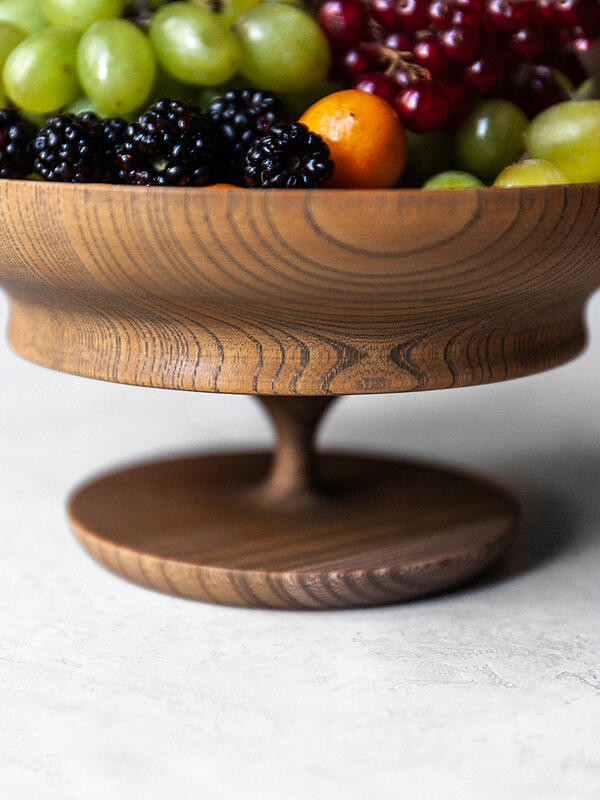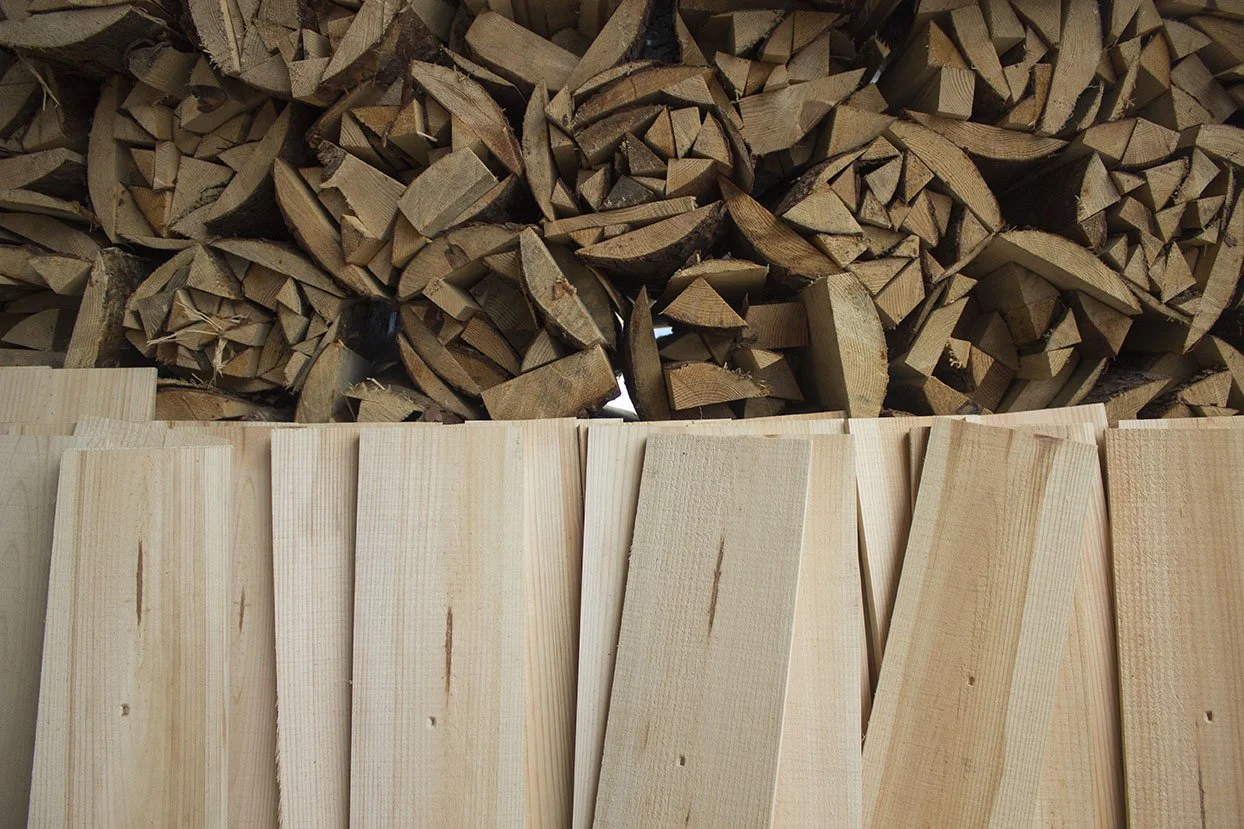Spotlight On: Gato
Yamanaka Made.
Since 1908, Gato Mikio Co. Ltd. has been at the leading edge of more than 400 years of Japanese lacquerware. Experts at their craft, their collaborative style combines craftsmanship, heritage, and innovation like few of their contemporaries. Their collection showcases some of the best qualities of Japanese craftsmanship and, as such, has earned Gato a place as a Morihata favorite.
he centuries-old manufacturing process is as delicate and detailed as the pieces themselves. From precise carving to meticulous lacquering, modern Japanese woodworking molds traditional methods into contemporary shapes. The results are elegant, amazingly lightweight pieces that are as functional as they are beautiful.
Today, we look at Japanese lacquerware, and what makes Gato a cut above the rest.
A History of Craft
Lacquerware in Japan
Lacquerware originated during the Tensho Period (1573 - 1592) when a group of craftsmen set up a workshop near the famous Yamanaka hot springs in what is now Ishikawa Prefecture. Experts at the art of hikimono-kiji (turning wood on a lathe), they began to produce products (soup bowls, trays, and souvenirs) for visitors to Yamanaka Spa, and the lacquerware industry grew along with the development of the region's natural hot springs. In this way, lacquerware entered the mainstream mindset of Japanese culture.
*Tamamushi Shrine from the Asuka Period (Mid 7th Century) - A famous example of early lacquerware
There are many types of lacquerware in Japan, and the general principles are the same. Lacquer is applied to wood (and sometimes leather, paper, or basketry) in order to seal the item. Decoration (paint or inlays) are then applied and then resealed. The sap of the “Lacquer Tree” has traditionally been used. This sap is poisonous to the touch until dry, so the art form has long been practiced by skilled artisans. Other renowned lacquerware regions include Wajima City and Kanazawa.
Enter Gato
Gato was established in 1908 in Yamanaka. Third-generation craftsmen Akio and Nobuo later grew the business and updated the name to Gato Mikio Company (Mikio being their father). The brothers made their mark with a focus on lacquered trays, confectionery bowls, and saucers that featured prominent wood grain. Akio’s son, Masayuki Gato, would evolve the brand further, handcrafting products under the name Syosen, derived from a different reading of the first kanji characters in both Akio and Nobuo’s names. Today, they produce modern and functional pieces that showcase both the beauty of wood and the skill of the many artisans that they employ.
A Thousand Stripes
Gato utilizes sturdy and warp resistant hardwoods such as zelkova (keyaki), cherry birch (mizume), and horse chestnut (tochi). The wood is naturally dried to remove moisture before being lathed. While most lacquerware uses horizontally trimmed wood (yokogi-dori), Yamanaka-styled lacquering involves carving the wood into thin slices vertically (tategi-dori).
*Tategi-dori vs yokogi-dori
After the wood has been cut and dried, highly skilled specialists who often forge their own metal tools, shave and decorate the wood in a process called "rokurobiki". There are many carving variations that are practiced, and to perform them all requires a high degree of skill. Gato excels at a style known as "sensuji" (a thousand stripes).
After it has been cut, the wood undergoes a lengthy lacquer process called fukiurushi that involves several rounds of lacquer being rubbed on, wiped off, and dried. Following traditional techniques, every step in this process is then repeated five to ten times, then dried extensively. This process helps to accentuate the natural wood grain, and will become more beautiful over time with prolonged use.
The following video does an excellent job in highlighting the process:
Gato's design provides a layered experience for the senses: the beautiful visual harmony of its sculptural form, the subtle smell of fresh wood, and an incredible weightlessness. Its impeccable design, sculptural form, and weightlessness suggest both an innate strength and a graceful fragility.













